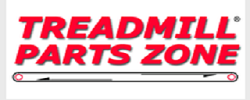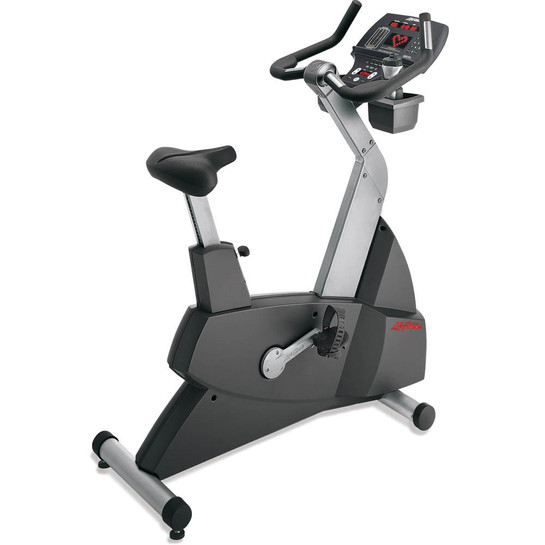Cleaning and Lubricating the Bike Cleaning and lubricating your upright bike are two essential maintenance techniques that you should perform regularly. Dirt, dust, and debris can accumulate on your bike's components, making them less efficient and more prone to wear and tear. As a result, it's essential to clean your bike regularly, especially after each use. To clean your bike, use a damp cloth or sponge to wipe down the frame, handlebars, pedals, and other components. You can also use a bike-specific cleaning solution to remove stubborn dirt and grime. After cleaning, ensure that the bike is completely dry before lubricating it. Use a bike-specific lubricant to lubricate the chain, derailleur, and other moving parts. Lubrication helps prevent rust and corrosion, reduces friction, and keeps your bike running smoothly. Inspecting and Replacing Bike Parts
Inspecting and replacing worn or damaged bike parts is another essential repair and maintenance technique. Regular inspection can help you identify potential issues before they become major problems. Some of the components you should inspect regularly include the chain, pedals, brakes, and tires. Check for signs of wear, such as cracks, fraying, or rust. If you notice any issues, replace the affected parts immediately.
Troubleshooting Common Bike Problems Some common bike problems include squeaking brakes, loose handlebars, and clicking pedals. Troubleshooting these issues can help you avoid costly repairs and keep your bike in top condition. For instance, if you notice that your brakes are squeaking, adjust the brake pads or replace them if they are worn out. If your handlebars are loose, tighten the bolts or replace the stem if it's damaged. If your pedals are clicking, check the pedals' bearings and tighten them if they are loose.
Bike Storage Tips to Prolong Its Lifespan Proper storage is essential to prolong your bike's lifespan. Avoid storing your bike in damp or humid areas, as this can cause rust and corrosion. Instead, store your bike in a cool, dry place, preferably indoors. You can also use a bike cover to protect it from dust and debris. Additionally, avoid hanging your bike by the wheels, as this can cause damage to the rims and spokes.
DIY Bike Repair vs. Professional Bike Repair Services While some bike maintenance and repair tasks can be done at home, others require the expertise of a professional. DIY repair can be cost-effective, but it's important to know your limitations. Some repairs, such as replacing the bottom bracket or bleeding hydraulic brakes, require specialized tools and knowledge. In such cases, it's best to seek the services of a professional bike repair technician.
Frequently Asked Questions About Upright Bike Repair
How often should I clean my bike? You should clean your bike after each use, especially if you've ridden it outdoors. Regular cleaning helps prevent dirt and debris from accumulating on your bike's components.


